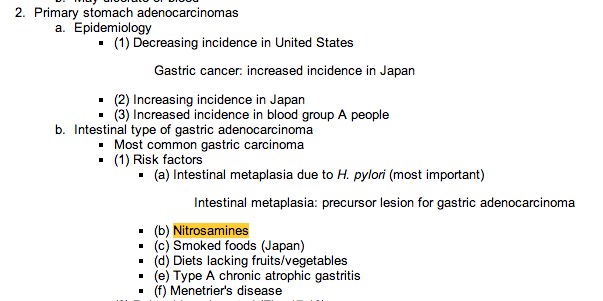42 year old man presents with 4 week history of muscle pain. Patient started simvastatin 2 months ago and gemfibrozil 4 weeks ago. The patient's myalgia is due to which of the following effects gemfibrozil has on simvastatin?
A- Decreased bioavailability
B- Increased absorption
C- Inhibition of cytochrome p450
D- Inhibition of hepatic glycosylation
E- Inhibiton of hepatic sulfation
"There are several theories explaining the increased risk of muscle toxicity
when statins and fibrates are combined. These include additive effects of statins and
fibrates on skeletal muscle resulting in the increased risk, displaced protein binding (all
statins are highly protein bound), and finally, inhibition of a recently recognized mode of
statin metabolism via glucuronidation. Gemfibrozil and fenofibrate both undergo
glucuronide-mediated metabolism. In two in-vitro studies using human and dog
hepatocytes, the glucuronide mediated-metabolism of atorvastatin acid, simvastatin acid,
cerivastatin acid and rosuvastatin acid were all inhibited by gemfibrozil."
http://www.pbm.va.gov/Safety Reports/87ry38statin-fibrate-Final.pdf
It's competitive inhibition of phase II conjugation, of which you should pick from sulfation or glucuronidation (not glycosylation).
Acetaminophen also undergoes sulfation and glucuronidation. CYP450 2E1 will conjugate it into toxic NAPQI too at high concentration (treat with glutathion / NACysteine)

